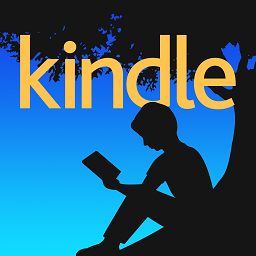The educational process can be tough on kids and parents alike. It can be difficult to prevent it from becoming mundane. That’s why I think apt use of technology is so important—it allows both the student and the educator to remain excited with their educational journey.
Having done homeschooling for a while a bit now, I can definitely say that my child is given the opportunity to choose what they want to learn and that we have a wealth of resources to draw from beyond the traditional classroom. What to learn biology and butterflies? Order a kit to raise your own butterflies, watch them grow and learn about what a chrysalis is and what metamorphosis is.
Google Maps is a great tool to use if you’ve reached a point in your learning path dealing with either geography or history. At this point, I think we’ve all messed around with the satellite or Street View feature in Google Maps (how many images of people “caught out” have we seen Google capture?). However, thanks to tools built into the service, it can also be a rather useful educational resource.
History and dates are tough for young children to grasp, but let’s say your currently teaching a unit on the Civil War. Rather than simply looking at static maps, plot out Grant’s march to the South or Lee’s penetration into Union territory. By actually engaging in the geographical reality of history, it becomes much more real.
Wikipedia is another great resource on just about anything. You’ll often hear people claim that it’s either unreliable or inaccurate. While it’s true that literally anyone can edit or add information to Wikipedia, take a look at this interesting statistic from a CNET article from back in 2005, before it really even took off. And of course, research may start at Wikipedia but it doesn’t end there, it is a jumping off point to more interesting avenues of deeper understanding that your child will love to explore.
The best thing about home schooling? Each day can be tailored to your child’s interests. It turns the learning process on its head. It is not, “Here’s what you must learn today”, instead it is “What would you like to learn today?” Children are active and engaged in the learning process. How many times can children put the words “fun” and “education” in the same sentence when they are in a room full of 40 other children?



